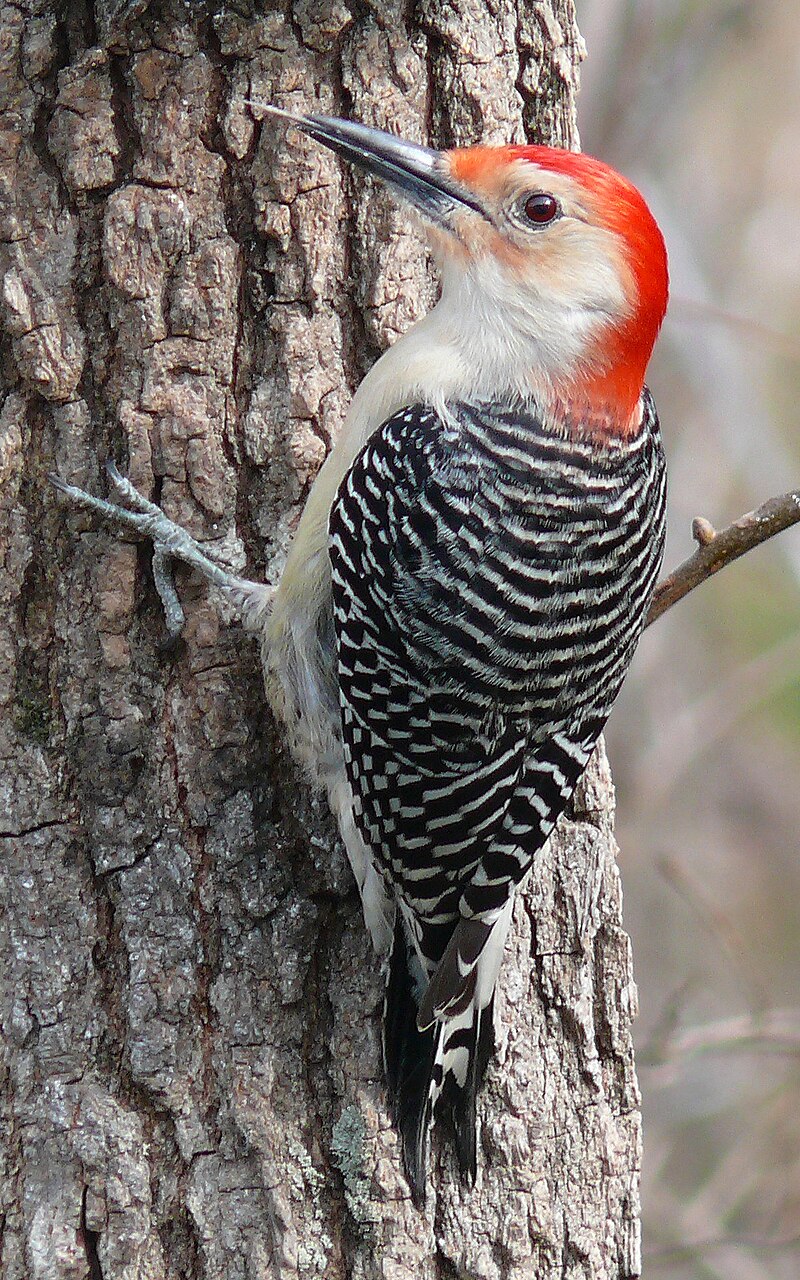Woodpeckers in Florida: Identification Tips and Habitat Preferences
Woodpeckers in Florida: Identification Tips and Habitat Preferences
Blog Article
Unveiling the Secrets of Woodpeckers: Actions, Habitat, and Much More
Woodpeckers, with their special actions and specialized adjustments, have actually lengthy interested researchers and nature fanatics alike. These exceptional birds possess a series of intriguing secrets that clarified their survival methods, habitat choices, and intricate interaction techniques. By revealing the secrets surrounding woodpeckers' habits and environment selections, a deeper understanding of these avian marvels emerges, providing a peek into their fascinating world. What makes these birds absolutely outstanding, and how do they navigate their setting with such accuracy and skill? Allow's discover the exciting realm of woodpeckers and decipher the enigmatic details that make them such interesting subjects of research.
Woodpecker Actions Insights
In taking a look at woodpecker actions, an interesting screen of specialized abilities and adjustments arises, dropping light on their amazing eco-friendly niche. Woodpeckers, understood for their distinctive drumming on trees, have a variety of behavior qualities that add to their survival and success in their environment.
Furthermore, woodpeckers exhibit an unique feeding behavior defined by their capability to remove bugs from tree bark utilizing their specialized beaks. Their long, barbed tongues aid in recording prey, while their strong neck muscles give stability and precision throughout pecking movements. This feeding method permits woodpeckers to accessibility concealed insect larvae and remove them with impressive effectiveness.
Environment Preferences and Choice
What elements affect the environment preferences and option of woodpeckers? Woodpeckers are highly versatile birds understood to occupy different environments worldwide. However, they do exhibit choices for specific habitat features. One important element affecting woodpecker environment selection is the schedule of suitable nesting websites. Woodpeckers normally choose forests with a mix of mature trees that provide adequate possibilities for dental caries excavation. These cavities act as important nesting and roosting sites for woodpeckers and are crucial for their breeding success.
Additionally, woodpeckers reveal a choice for habitats with an abundant supply of food resources. They are mainly insectivorous, feeding on beetles, ants, larvae, and other insects located in worn out wood or tree bark. Woodpeckers often tend to prefer wooded locations with a varied insect population to fulfill their nutritional needs.
Moreover, the visibility of dead or rotting trees is another crucial element in woodpecker environment choice. These trees not only give food resources but additionally provide ideal substratum for cavity excavation. Dead trees are crucial for the maintenance of healthy and balanced woodpecker populaces, as they play a vital function in the woodpeckers' life process and community characteristics.
Feeding Routines and Diet Make-up
Woodpeckers demonstrate a specialized feeding actions concentrated on foraging for pests within different habitats. Their diet regimen mostly includes pests such as beetles, ants, caterpillars, and spiders, which they situate by tapping on tree bark and listening for the audio of movement inside. Woodpeckers utilize their solid beaks to drill right into the timber and their long, barbed tongues to remove target from gaps. Along with insects, woodpeckers likewise eat tree sap, fruits, nuts, and seeds, adding range to their diet regimen depending on the period and schedule of food sources.
The foraging techniques of woodpeckers are well-adapted to their arboreal way of living. Woodpeckers play a crucial duty in preserving the health and wellness of forests by regulating insect populaces and helping in the decomposition of timber.
Drumming Seems and Communication
Using fast drumming audios on numerous surfaces, woodpeckers employ a distinct type of communication to signify area boundaries and bring in companions. This drumming actions is not just a means of communication but likewise works as a means for woodpeckers to develop their existence within a particular location. The intensity, rate, and pattern of the drumming can convey vital details to other woodpeckers around.
Woodpeckers make use of drumming noises to introduce their existence in a territory and to alert off potential trespassers. The loud and repetitive nature of the drumming offers as a clear signal to other woodpeckers that the area is currently claimed. This aids in reducing conflicts and reducing physical battles between people.

Survival Adaptations and Specialized Anatomy

Final Thought
To conclude, woodpeckers exhibit one-of-a-kind actions, such as drumming noises for communication, and have actually specialized composition for survival in their chosen environments. Their see it here feeding routines and diet plan structure even more show their flexibility to different environments. By recognizing these elements of woodpeckers, researchers and preservationists can much better secure and preserve these remarkable birds and their environments.
Report this page